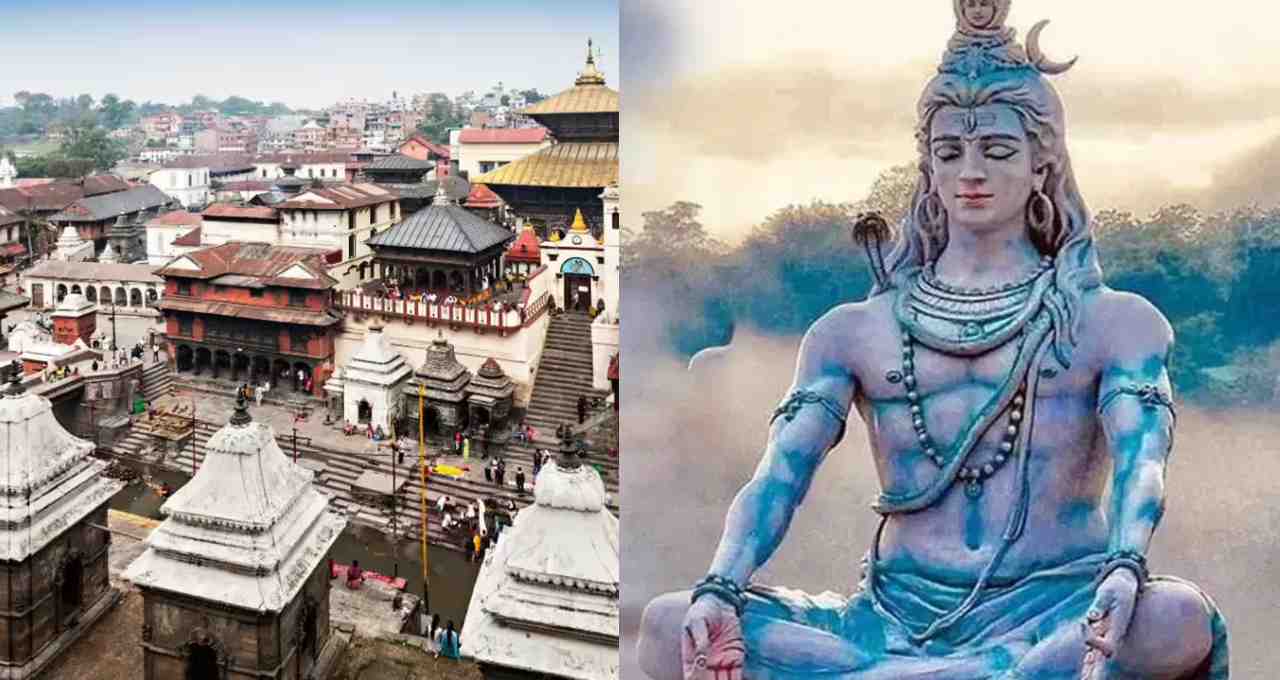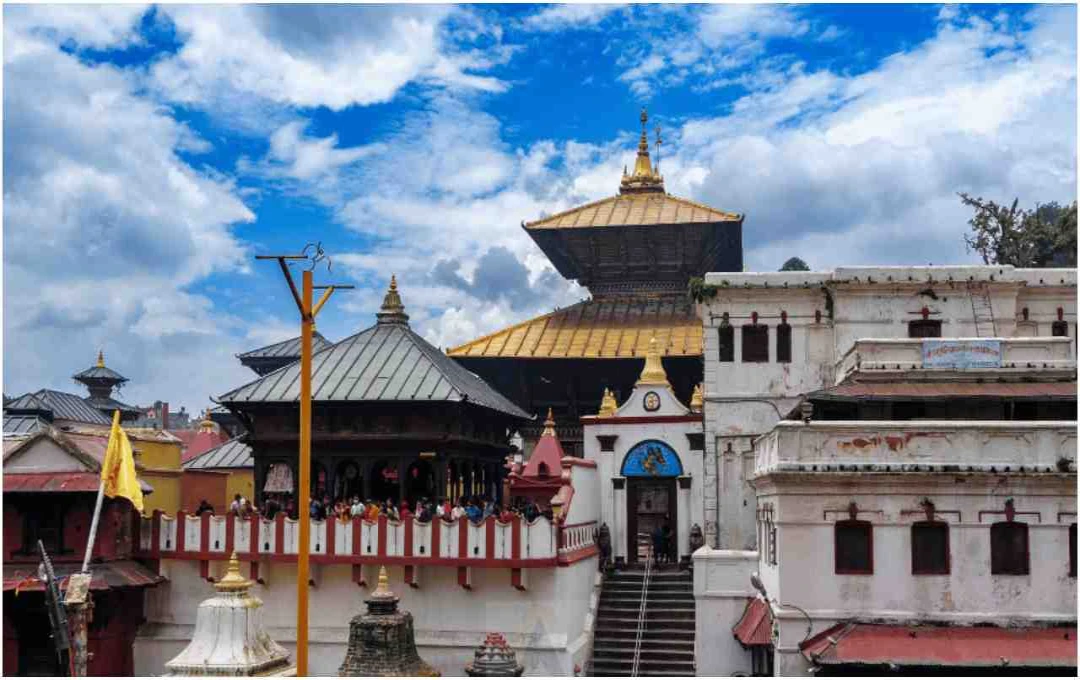Pashupatinath Temple, located in Kathmandu, Nepal, is an extremely sacred site for followers of Hinduism. This temple is one of the 12 Jyotirlingas of Lord Shiva and, situated on the banks of the Bagmati River, is considered a symbol of salvation.
Pashupatinath Temple: The Pashupatinath Temple, located in Kathmandu, the capital of Nepal, is among the prominent pilgrimage sites for Hinduism. This temple is built on the banks of the Bagmati River and is considered one of the 12 Jyotirlingas of Lord Shiva. Thousands of devotees visit this sacred site, which is thousands of years old, every day for darshan, especially during major festivals such as Mahashivratri, Bala Chaturdashi, and Teej. The temple's significance is not limited to worship; it is also considered a center for salvation and spiritual peace. Here, devotees aspire for salvation by having darshan in their final moments of life, making this place extremely important from a religious and cultural perspective.
Nepal's Sacred Abode of Shiva
The Pashupatinath Temple, situated in Kathmandu, the capital of Nepal, is considered an extremely sacred site for followers of Hinduism. This temple is located on the banks of the Bagmati River and is one of the 12 Jyotirlingas of Lord Shiva. This abode, thousands of years old, is not merely a center of worship but also a symbol of spiritual peace and salvation. According to Hindu beliefs, the souls of devotees who attain death in this temple are granted salvation, making this place extremely important from a spiritual perspective for both life and death.
History and Mythological Beliefs

The Pashupatinath Temple was built around the 5th century by King Prachanda Dev of the Lichhavi dynasty. The temple has undergone renovation and reconstruction from time to time. According to a famous mythological story, Lord Shiva once came here in the form of a deer. The gods tried to bring him back to Kailash, but Shiva did not wish to leave. During this time, his horn broke and was established in the form of a Shivalinga. Hence, Lord Shiva is worshipped here as 'Pashupati', meaning 'Lord of Animals'. Even today, the temple houses a four-faced Shivalinga, with its upper part depicting a fifth face.
Unique Architecture and Religious Experience
The temple's architecture is in the Nepali pagoda style, with the main spire covered in gold and the four doors made of silver. The Chaturmukhi Shivalinga located in the sanctum faces all four directions, representing different forms of Lord Shiva. Additionally, the complex features numerous other small and large temples and idols dedicated to various deities.
Salvation and Spiritual Significance
Pashupatinath Temple is often referred to as the 'Gateway to Death'. Performing last rites according to Hindu customs at the Aryaghat, located on the banks of the Bagmati River, is believed to grant salvation to the soul. It is believed that one who has darshan of the temple in their final moments of life attains salvation after death. This is why many devotees come here to peacefully depart from their lives in their final days.
Festivals and Religious Devotion
Thousands of devotees visit the temple daily. During festivals such as Mahashivratri, Bala Chaturdashi, and Teej, the temple witnesses a massive influx of devotees. During special pujas and rituals, millions of devotees arrive not only from Nepal but also from India and other countries. This temple is considered extremely important from religious, spiritual, and cultural perspectives.















